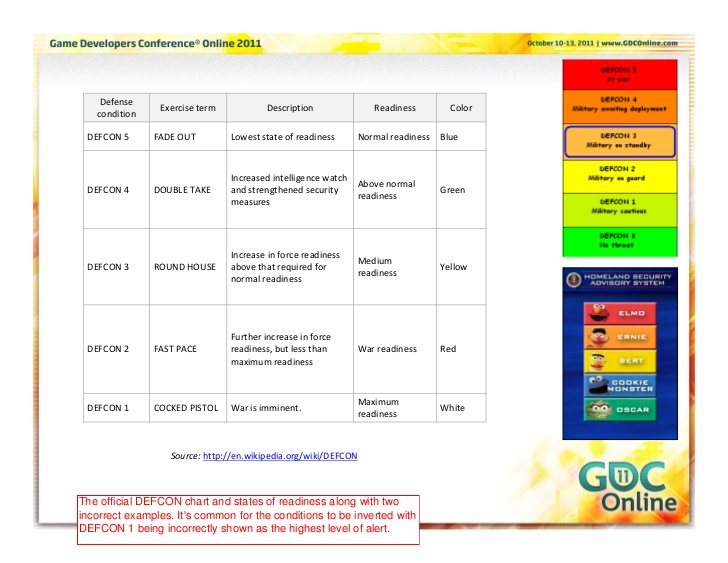

Purpose: Long-term pediatric urology pandemic plan for patient flow management. Constant communication must be maintained throughout the crisis to coordinate the efficient flow of patients, resources, and information, with the goal of reducing the need to escalate any healthcare institution to the next PedsUROCON level. Regional communication and networking are paramount for this system to be effective. Hospital capacity should be determined by hospital administrators when factoring physical space, personnel availability, resources, and supplies. We suggest 40%, 60%, 80%, and 100% of hospital capacity ( Table 1). PedsUROCON alertness levels should be transitioned (i.e., upgraded or downgraded) once hospital capacity reaches predetermined thresholds. BOO: bladder outlet obstruction CCSK: clear-cell sarcoma of the kidney HIT: hydrodistention implantation technique ICU: intensive case unit KU/S: kidney ultrasound KUBU/S: kidney ureter bladder ultrasound MCRT: mutliocular cystic real tumor OR: operating room PPE: personal protective equipment PUV: posterior urethral valves RCC: renal cell carcinoma RLND: retroperitoneal lymph node dissection STING: subureteral teflon injection UTI: urinary tract inflammation VUR: vesicoureteral reflux. Pediatric urological surgery readiness condition (PedsUROCON). 1 describes which procedures should be restricted once each level of alertness is reached. The purpose of this decision-making algorithm is to serve as a template for long-term pediatric urology pandemic/ emergency preparedness.


PedsUROCON includes guidance for different alertness levels ranging from a fully functional hospital capacity (level 5) to when maximal hospital capacity has been reached, and even life/ limb-threatening surgeries cannot be performed (level 1). 7 Based on this experience, we propose the pediatric urological surgery readiness condition (PedsUROCON). Thomas Forbes from the Vascular Surgery Department at the University of Toronto when designing the VASCCON. The concept of using the DEFCON model to create a crisis standard of care was previously suggested by Dr. To achieve this, hospital departments should create protocols that prioritize procedures based on hierarchy and formally establish triggers that guide personnel when upgrading or downgrading readiness levels. This system establishes a clear and well-defined approach to assess readiness and could be used as a template in healthcare for crisis management. 6 Each level is detailed with the expected actions and clearly states the trigger to activate the next level. 6 DEFCON is graded from 1–5, where 5 represents normal peacetime readiness and 1 represents maximum readiness - nuclear war is imminent. military to standardize the level of reaction required for a threat level perceived by the military. 3 – 5ĭefense readiness condition (DEFCON) is a system created by the U.S. 4 For this reason, assuring optimal communication and networking between local and regional hospitals aids hospital management by allowing patient-tracking, information-sharing, and appropriate distribution of patients and supplies. 3, 4 However, accuracy of communication is a major challenge identified when creating a mass protocol, as inconsistent terminology or triggers can generate confusion. 4 Critically analyzing the needs and requirements of each healthcare component, by identifying a hierarchy of their services, can lead to hospital planning being more efficient, resulting in quicker establishment and mobilization of rapid-response groups. It is important to recognize that patient flow plays a primary role in organization of hospital resources. More importantly, it can assist in predicting what further measures might be necessary to accommodate the influx of patients. All of this knowledge is essential to make adjustments, which can increase the reliability of the current protocol, in addition to clarifying existing hospital vulnerabilities. 3, 4 Another key factor in pandemic preparedness is the rapid acquisition of information on pathogen epidemiology. To deliver the optimal care despite this pervasive and fast-evolving event, healthcare managers must address and adjust four main domains in order to reach optimal surge capacity: maximize use of hospital structure, increase staff capacity, prioritize use of equipment and supplies, and develop an efficient communication system between hospitals. 2 As a result, preparation and planning were insufficient to deal with the impact of this strain on the healthcare system.

1 It was soon realized that the world was ill-prepared and too few lessons had been learned from previous infectious outbreaks in 20. As of March 11, 2020, the World Health Organization declared coronavirus disease 2019 (COVID-19) a pandemic and urged countries to implement protocols to contain the virus spread.


 0 kommentar(er)
0 kommentar(er)
